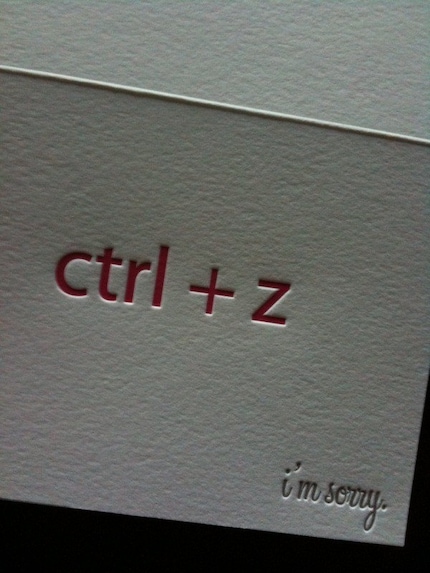Paul really was awesome. I’m writing an essay about the early church which is turning into an essay on the church in Corinth. Which has brought me to the point where I am arguing that Paul borrowed from some structures that existed in the first century in order to not be too much of a Christian weirdo – but that he was very keen not to borrow the easiest structures – the one where he’d be some big noting keynote speaker who crowds would flock to see. That seems to be the desire of the Corinthian church for Paul. And he’s at his most vitriolic when he’s correcting that expectation. This is from 2 Corinthians 11 and 12. I love the bit in parenthesis in verse 23…
5But I do not think I am in the least inferior to those “super-apostles.” 6I may not be a trained speaker, but I do have knowledge. We have made this perfectly clear to you in every way. 7Was it a sin for me to lower myself in order to elevate you by preaching the gospel of God to you free of charge?
…
12And I will keep on doing what I am doing in order to cut the ground from under those who want an opportunity to be considered equal with us in the things they boast about. 13For such men are false apostles, deceitful workmen, masquerading as apostles of Christ. 14And no wonder, for Satan himself masquerades as an angel of light. 15It is not surprising, then, if his servants masquerade as servants of righteousness. Their end will be what their actions deserve.
16I repeat: Let no one take me for a fool. But if you do, then receive me just as you would a fool, so that I may do a little boasting. 17In this self-confident boasting I am not talking as the Lord would, but as a fool. 18Since many are boasting in the way the world does, I too will boast. 19You gladly put up with fools since you are so wise! 20In fact, you even put up with anyone who enslaves you or exploits you or takes advantage of you or pushes himself forward or slaps you in the face. 21To my shame I admit that we were too weak for that!
What anyone else dares to boast about—I am speaking as a fool—I also dare to boast about. 22Are they Hebrews? So am I. Are they Israelites? So am I. Are they Abraham’s descendants? So am I. 23Are they servants of Christ? (I am out of my mind to talk like this.) I am more. I have worked much harder, been in prison more frequently, been flogged more severely, and been exposed to death again and again. 24Five times I received from the Jews the forty lashes minus one. 25Three times I was beaten with rods, once I was stoned, three times I was shipwrecked, I spent a night and a day in the open sea, 26I have been constantly on the move. I have been in danger from rivers, in danger from bandits, in danger from my own countrymen, in danger from Gentiles; in danger in the city, in danger in the country, in danger at sea; and in danger from false brothers. 27I have labored and toiled and have often gone without sleep; I have known hunger and thirst and have often gone without food; I have been cold and naked. 28Besides everything else, I face daily the pressure of my concern for all the churches. 29Who is weak, and I do not feel weak? Who is led into sin, and I do not inwardly burn?
30If I must boast, I will boast of the things that show my weakness. 31The God and Father of the Lord Jesus, who is to be praised forever, knows that I am not lying.
Refreshing and inspiring at the same time. This is why Paul makes the grade in my ten Bible stories for boys… though he probably wouldn’t want to…












